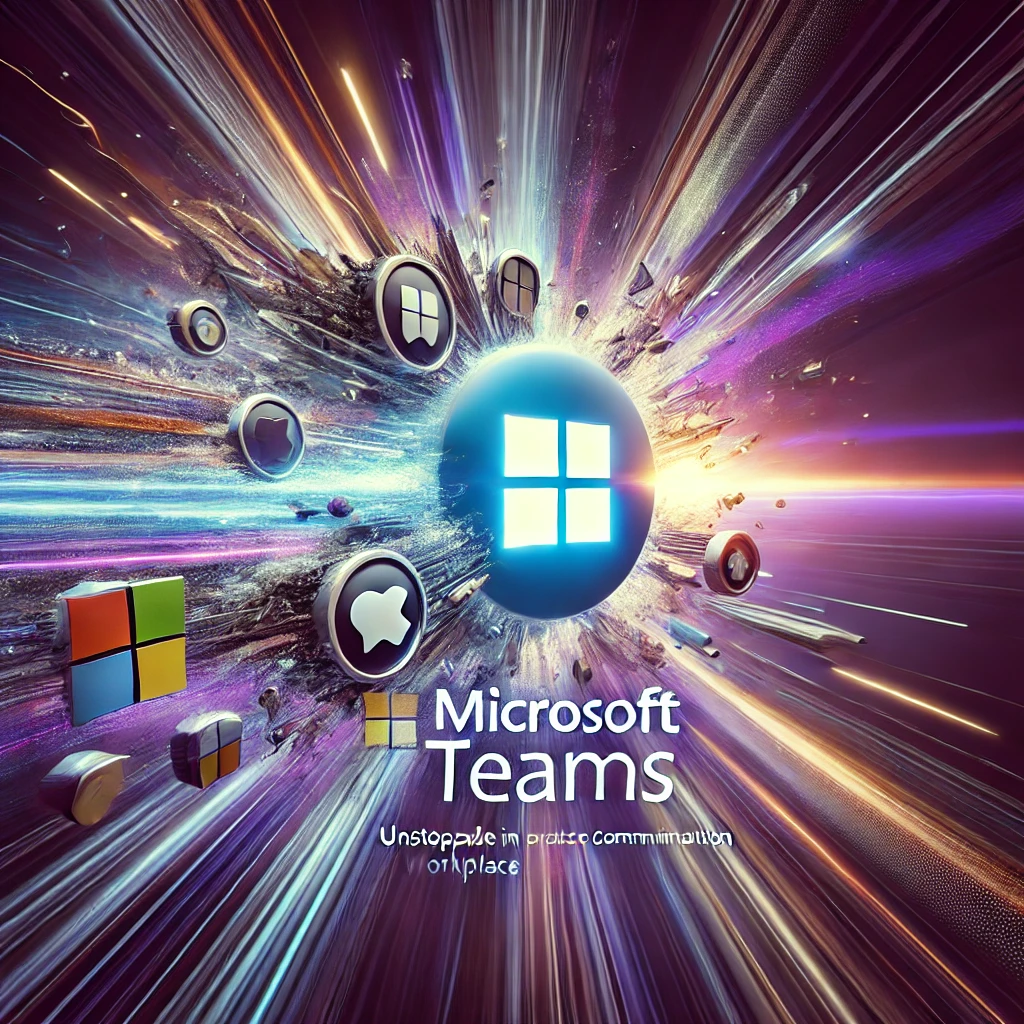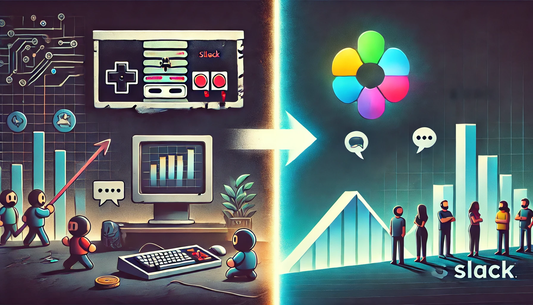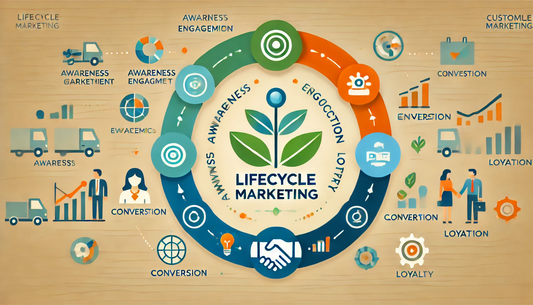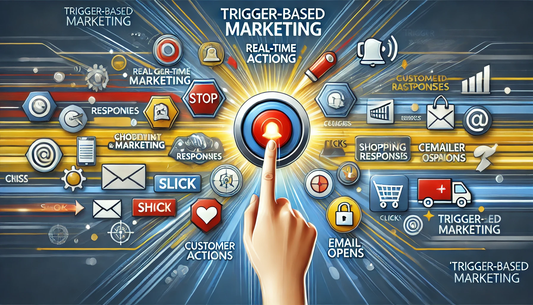🚀 In the ever-evolving world of workplace communication, Microsoft Teams has surged ahead, outpacing competitors like Slack, Zoom, and Google Meet. But what made it the go-to platform for businesses worldwide? Let’s break down the masterstroke behind its success.
1. The Power of Ecosystem Integration
Microsoft Teams had a secret weapon from the start—seamless integration with Office 365. Instead of convincing businesses to adopt something entirely new, Teams positioned itself as an extension of tools they were already using.
📌 Lesson for startups: Build solutions that integrate with existing platforms rather than standalone products. Piggybacking on established ecosystems can fast-track adoption.
2. Customer-Centric Development
Teams didn’t just launch and leave things to fate. Microsoft actively listened to its users, rolling out features that directly addressed pain points. Whether it was better video calling or advanced collaboration tools, Teams consistently evolved.
📌 Lesson for startups: Prioritize customer feedback. Iterate quickly, roll out meaningful updates, and keep your user base engaged with improvements they actually need.
3. Freebies and Smart Marketing
Microsoft played a genius marketing move by offering Teams for free to schools, non-profits, and small businesses. This built a massive early user base, making Teams the default choice for many.
📌 Lesson for startups: Consider a freemium model or exclusive discounts to attract users. Free trials and incentives can lower the entry barrier and build brand loyalty.
4. Seamless User Experience
With an intuitive interface, easy navigation, and effortless access to chat, video calls, and file sharing, Teams delivered a frictionless experience. This usability factor played a big role in its adoption.
📌 Lesson for startups: Prioritize UI/UX. A clean, user-friendly interface can make or break a product, no matter how powerful its features are.
5. Smart Use of AI & Automation
Microsoft Teams wasn’t just another chat app—it got smarter. Features like background noise suppression, live captions, and AI-driven meeting recaps set it apart.
📌 Lesson for startups: Leverage AI and automation to add unique value. Intelligent features can create a competitive edge and improve user satisfaction.
6. Strategic Partnerships & Acquisitions
Microsoft played the long game by acquiring LinkedIn and GitHub. These partnerships extended Teams’ capabilities and ensured deeper industry integrations.
📌 Lesson for startups: Partnerships can supercharge growth. Seek strategic collaborations that enhance your product’s reach and functionality.
7. Enterprise-Grade Security
With businesses increasingly concerned about data security, Microsoft went all in—offering end-to-end encryption and compliance certifications that enterprises trusted.
📌 Lesson for startups: Security isn’t optional. Investing in robust cybersecurity can build customer trust and make your product enterprise-ready.
8. Adapting to Hybrid Work
As remote and hybrid work models took off, Teams quickly introduced Together Mode and custom layouts, making virtual collaboration more engaging.
📌 Lesson for startups: Stay agile and anticipate market shifts. Adapting to new trends quickly can position your brand as an industry leader.
9. Community Engagement
Microsoft didn’t just build a product; they built a community. Teams users were encouraged to share tips, give feedback, and engage in forums.
📌 Lesson for startups: Foster a community around your product. Engaged users become loyal brand advocates and can provide invaluable product insights.
10. Scaling for Global Reach
Microsoft ensured Teams was localized for different markets, supporting multiple languages and complying with regional regulations. This made it easier for global companies to adopt.
📌 Lesson for startups: If you plan to scale internationally, think localization from the start. Understanding cultural and regulatory nuances is key to global expansion.
Conclusion: Why Teams Won the Workplace Battle
Microsoft Teams didn’t just outcompete Slack and Zoom—it rewrote the rules of workplace communication. It integrated smartly, adapted rapidly, and provided real value, making it indispensable.
For startups, the takeaway is clear: integrate where possible, innovate where necessary, and always listen to your users. By applying these principles, you can build a product that not only survives but dominates its market. 💡










